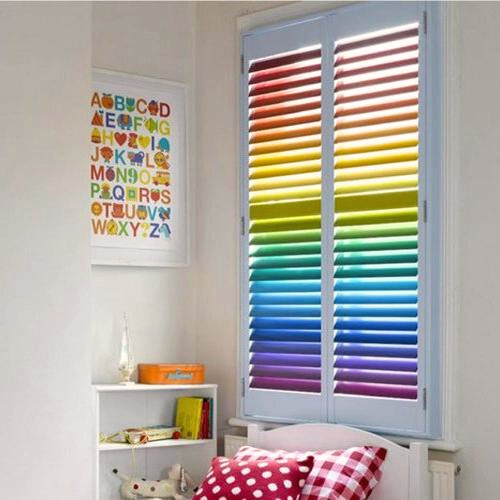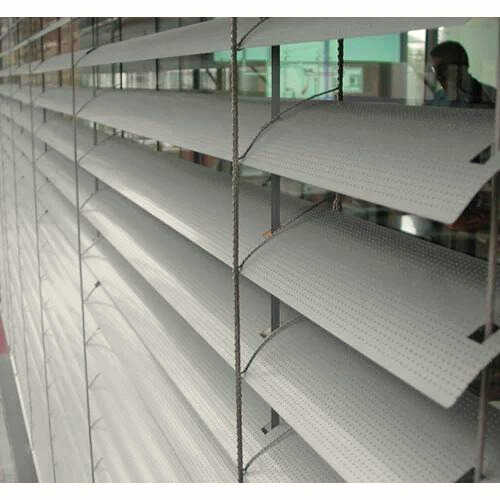Venetian Blinds
Venetian blinds are a popular type of window covering that consists of horizontal slats that can be tilted to control the amount of light and privacy in a room. They are named after the city of Venice, where they were originally developed and widely used.
Here’s a breakdown of Venetian blinds and how they work:
Construction: Venetian blinds are typically made of lightweight materials such as aluminum, wood, or vinyl. The slats are connected by strings or cords that allow them to be raised, lowered, and tilted.
Mounting: Venetian blinds are usually mounted inside the window frame, although they can also be installed outside the frame. They are held in place with mounting brackets attached to the top of the window.
Slats: The slats of Venetian blinds are horizontal and can vary in width, commonly ranging from 1 inch to 2.5 inches. The slats can be adjusted to different angles, allowing you to control the amount of light and privacy in the room.
Operation: Venetian blinds can be operated using different methods, depending on the specific design. The most common operation involves using a control wand or a cord system. By twisting the wand or pulling the cords, you can raise or lower the blinds, as well as tilt the slats to the desired position.
Light and Privacy Control: One of the key features of Venetian blinds is their ability to control light and privacy. When the slats are fully closed, they block out most of the light and provide maximum privacy. By tilting the slats, you can adjust the amount of light entering the room while still maintaining some privacy.
Design Options: Venetian blinds come in a variety of colors, materials, and finishes, allowing you to choose a style that complements your interior decor. Aluminum blinds are often used in modern or minimalist settings, while wooden blinds can add a warm and natural touch to a room.
Venetian blinds are versatile and widely used in both residential and commercial settings. They offer a classic and timeless look while providing functionality and control over light and privacy.



